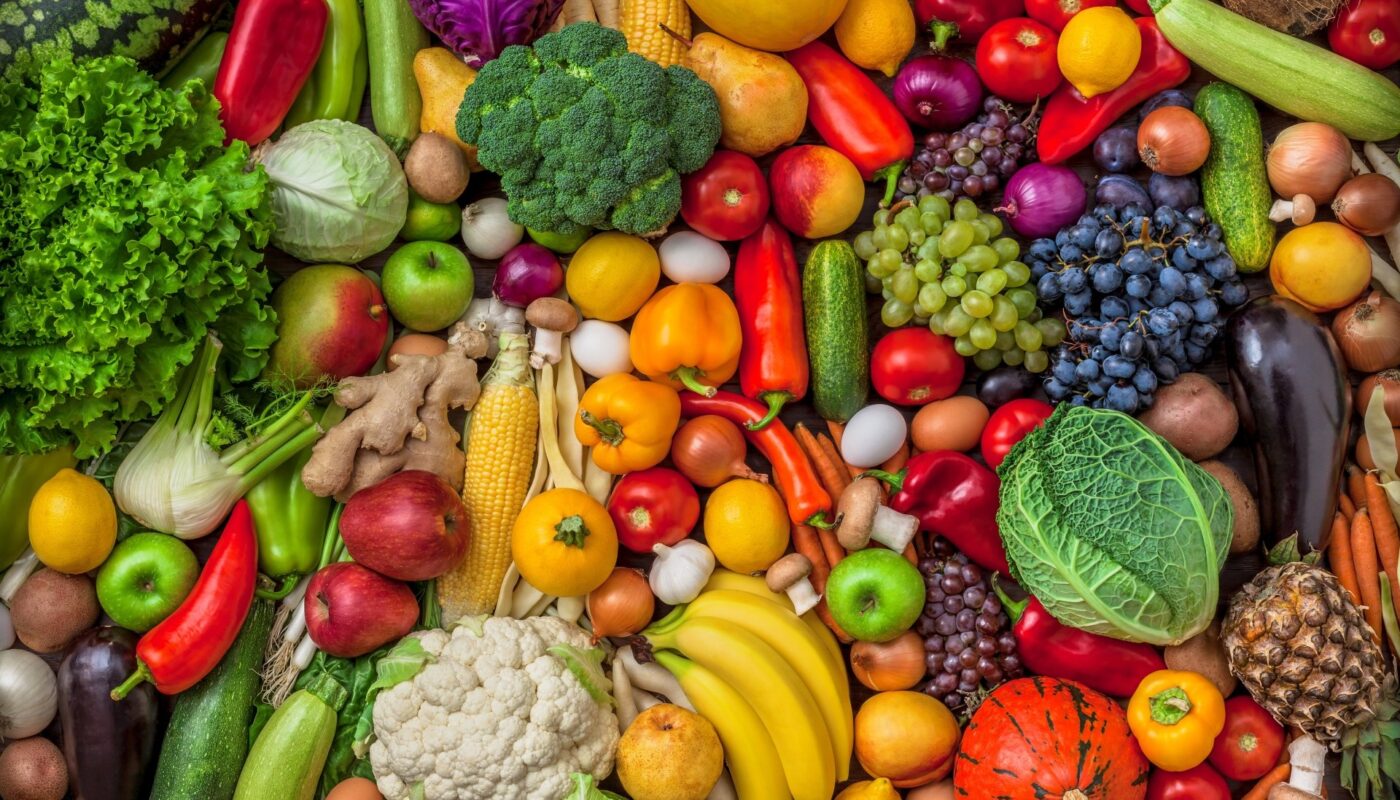Starchy vegetables play a unique and crucial role in providing essential nutrients, according to a recent perspective published in Frontiers in Nutrition. The Dietary Guidelines for Americans recommend that adults consume five to six cups of starchy vegetables each week to meet their vegetable intake goals. However, confusion surrounding carbohydrates has led to the potential avoidance of starchy vegetables in favor of other perceived nutritious carbohydrate foods or even complete carbohydrate avoidance.
Keith Ayoob, a nutrition expert and Associate Professor Emeritus at Albert Einstein College of Medicine, conducted menu model analyses to demonstrate the consequences of eliminating starchy vegetables from the diet and replacing them with grain-based foods. The results showed that substituting starchy vegetables for grain-based alternatives, including whole-grain foods, for one day resulted in a significant decrease in potassium (21%), vitamin B6 (17%), vitamin C (11%), and fiber (10%).
Compared to grains, starchy vegetables such as potatoes are higher in potassium, which is categorized as a nutrient of public health concern due to the associated health risks of inadequate intake. They also serve as an excellent source of vitamin C. Additionally, while neither group is considered a major protein source, potatoes have a higher protein quality than grains, comparable to that of eggs and milk. While both groups contribute to fiber intake, grains offer additional nutritional benefits such as higher levels of thiamin, zinc, and vitamin E.
Achieving a balanced, varied, and moderate diet is essential. Ayoob emphasizes the importance of including both starchy and non-starchy vegetables, as well as grains, to meet macronutrient and micronutrient needs. The guidance reinforces the significance of cultural food choices, as different groups traditionally favor specific carbohydrate-containing foods. Further research is needed to understand how these choices impact diet quality and determine culturally appropriate foods that can help address nutrient gaps.
To assess the nutrient contributions of starchy vegetables and grain-based foods, Dr. Ayoob performed an analysis of two one-day menu models based on a 2,000-calorie diet. The first menu adhered to the dietary recommendations outlined in the 2020-2025 Dietary Guidelines for Americans and featured both grain-based foods and white potatoes as representative starchy vegetables. The second menu replaced all starchy vegetables with grain-based foods. The limitations of the study include the exclusive use of white potatoes as the only starchy vegetable and the analysis being limited to a single day. Further modeling considering other culturally relevant starchy vegetables and exploring longer periods would provide more comprehensive insights into the nutritional impact of avoiding starchy vegetables or swapping carbohydrate foods.
For a detailed overview of the menu models and findings, refer to the published article “Carbohydrate Confusion and Dietary Patterns: Unintended Public Health Consequences of ‘Food Swapping'” in Frontiers in Nutrition. The study was funded by Potatoes USA, with no influence over the peer review process or final manuscript.
Note:
- Source: Coherent Market Insights, Public sources, Desk research
- We have leveraged AI tools to mine information and compile it



